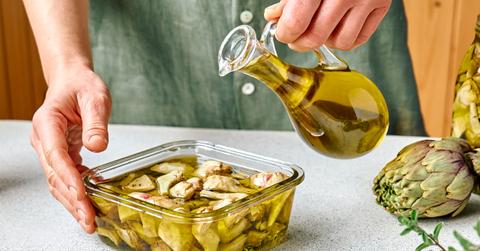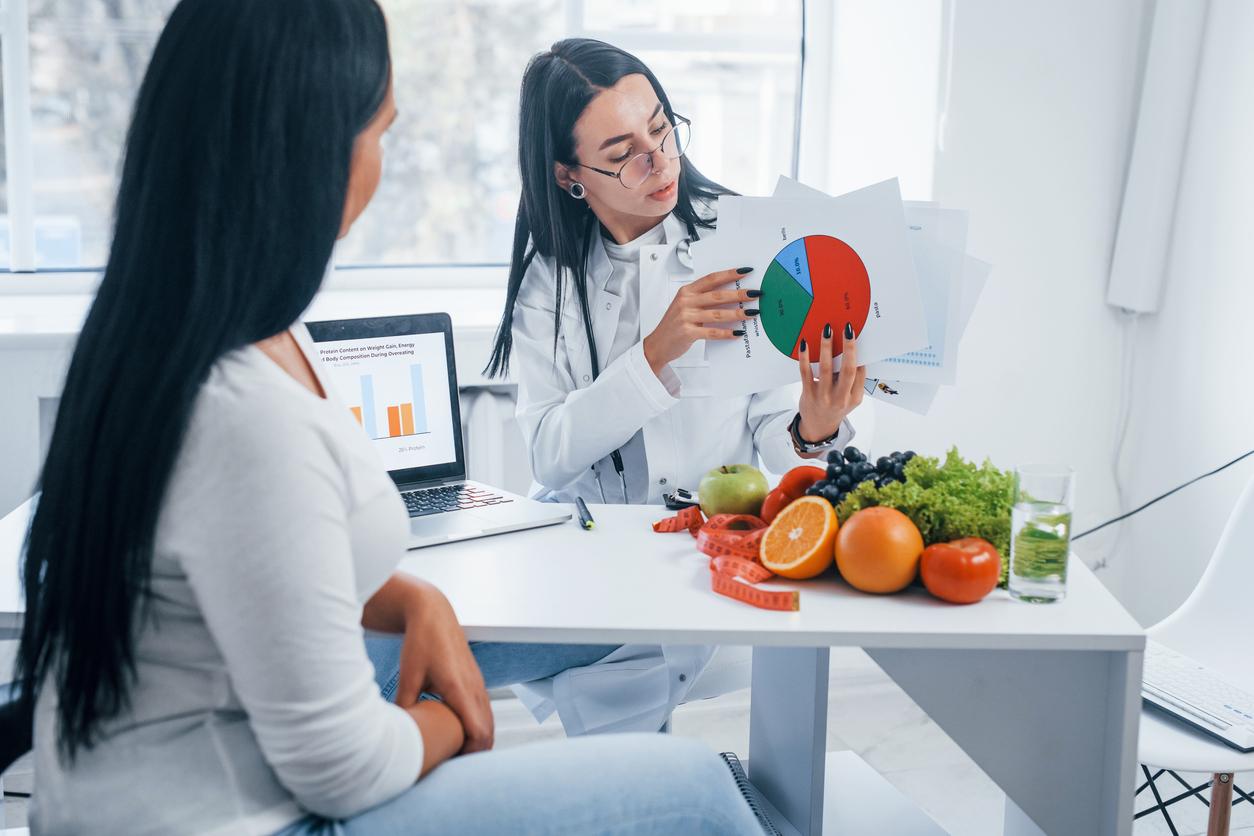If You Haven't yet Tasted a Perfectly Prepared Artichoke, You're Missing Out
Marinated artichokes in olive oil are one of life's more affordable luxuries.
Published May 2 2024, 12:52 p.m. ET

Artichokes may look intimidating to the novice cook or foodie. Once you become comfortable cooking with them or serving them in a dip for your plant-based chips, they will surely be one of your new favorite additions to your weekly produce haul.
Whether you whip up some artichoke-based imitation crab for an ethical seafood dinner or any inventive recipes, you'll wonder why you held out so long on this nutritious veggie.
So grab your cold-pressed virgin olive oil, a plate of veggies, and pasta, and let us guide you through some ideas to transform artichoke into your new favorite staple.

What does artichoke taste like?
Artichokes feature an earthy, bitter taste profile with a crispy exterior and soft interior when consumed raw, according to Casa de Sante, a low-FODMAP and gut health company.
When cooked, however, the nuttiness of the artichoke taste prevails. Steaming or boiling an artichoke unlocks otherwise hidden natural flavors, lessening the bitterness and giving the artichoke heart its trademark "buttery" mouthfeel that, ironically, pairs very well with butter.
As Tasting Table explains, preserved artichoke hearts in cans or jars may taste a bit more sour than their fresh counterparts due to the citric acid used as a preservative to make them shelf-stable.

What are some of the health benefits of artichokes?
According to Tasting Table, artichokes are a nutrient-dense veggie. Just one 60-calorie artichoke boasts four grams of protein and seven grams of fiber.
The starchy inulin within the fiber of the artichoke is great for gut health, too, and you'll be delighted to know that artichokes offer a healthy dose of Vitamin C, iron, potassium, and antioxidants, to name a few.
Additionally, per Casa de Sante, vitamins K and B9 are plentiful in artichokes, which offer mighty protective benefits to your body. And because artichokes contain phosphorus, you'll benefit from the jolt of energy, improved kidney function, and strong bones and teeth.

How to eat an artichoke:
Once you've found your favorite recipe and a healthy-looking artichoke from the market, you'll want to acquaint yourself with its edible parts and how to eat them.
According to Bellisari's Gourmet Convenience, nearly all the artichoke is edible, including the stem and the base of the leaves, as well as the most popular part, the artichoke heart. Just be sure to discard the choke, which is a fuzzy portion located above the heart.
Because they are so versatile, artichokes are just as delectable when served raw with a side of hummus. They are marinated in olive oil and various spices and then roasted to perfection in the oven and served over a bed of pasta if you're feeling frisky.

You can safely consume artichokes hot or cold. If you're out to eat, you may see diners consuming artichoke leaves; to do so, remove the leaves one at a time and dip the base of the petal into your favorite sauce, per Bellisari's Gourmet Convenience. Gently pull the petal through your teeth and set the remainder aside.
If you're preparing a whole artichoke in the kitchen, The Spruce Eats recommends steaming it in a basket, simmering it while covered in a pot, or wrapping it in foil and baking it to keep it moist.
When you're ready to cut the artichoke, be prepared for some chemistry. Just as apples turn brown after you've taken the first bite, an artichoke will likewise oxidize quickly. To mitigate this, Clean & Delicious advises keeping a lemon on hand to halt the browning process.